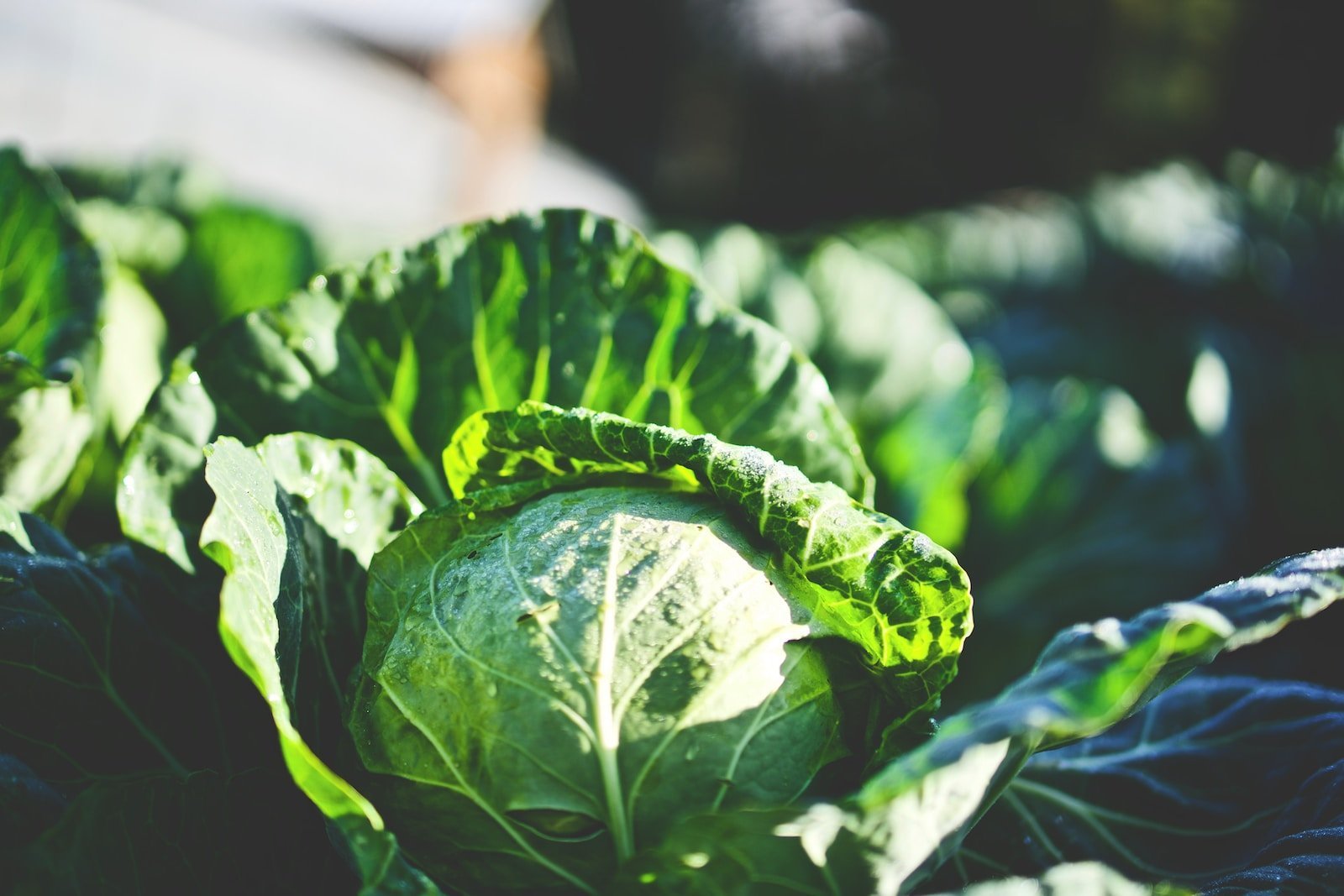Freezing cabbage is a fantastic way to preserve its freshness and nutritional value, but there’s a right way to do it to ensure safety and quality. I’m here to walk you through the steps, peppered with some helpful facts and stats to keep things interesting. So, let’s put on our imaginary aprons, channel our inner kitchen wizards, and dive into the world of freezing cabbage!
Before we even think about the freezer, let’s talk selection. The best cabbage for freezing is the one that’s fresh and at its peak quality. You want firm heads with crisp, vibrant leaves. Any signs of wilting, browning, or insect damage should be a red flag.
Cleanliness is next to godliness, especially in the food world! Rinse the cabbage under cold running water to remove any dirt or little critters that might be hiding in the leaves. If you’re a stickler for cleanliness like me, a gentle scrub with a vegetable brush won’t hurt.
Now, this step is crucial for preserving the color, flavor, and nutritional value of your cabbage. Blanching involves boiling the cabbage briefly and then plunging it into ice water to halt the cooking process. Here’s how:
Blanching isn’t just a random tradition; it actually deactivates enzymes that can cause loss of flavor and color over time, as supported by the FDA’s guidelines on freezing vegetables.
After blanching, it’s time to dry your cabbage thoroughly. Moisture is the enemy of freezing as it can lead to ice crystal formation which can degrade the texture of your cabbage. Pat the cabbage dry with clean towels or let it air dry for a bit.
This step, also known as flash freezing, helps prevent the cabbage pieces from sticking together in the freezer. Spread the dry cabbage out on a baking sheet in a single layer and pop it into the freezer for a few hours until the pieces are firm.
Once your cabbage is individually frozen, you can transfer it to freezer-safe bags or containers. Remove as much air as possible to prevent freezer burn – a vacuum sealer is great for this, but if you don’t have one, a straw can be used to suck out excess air.
Label your bags or containers with the date and contents. According to the CDC and FDA, properly frozen vegetables can be safe indefinitely, but for best quality, you’ll want to use your frozen cabbage within 9-14 months.


